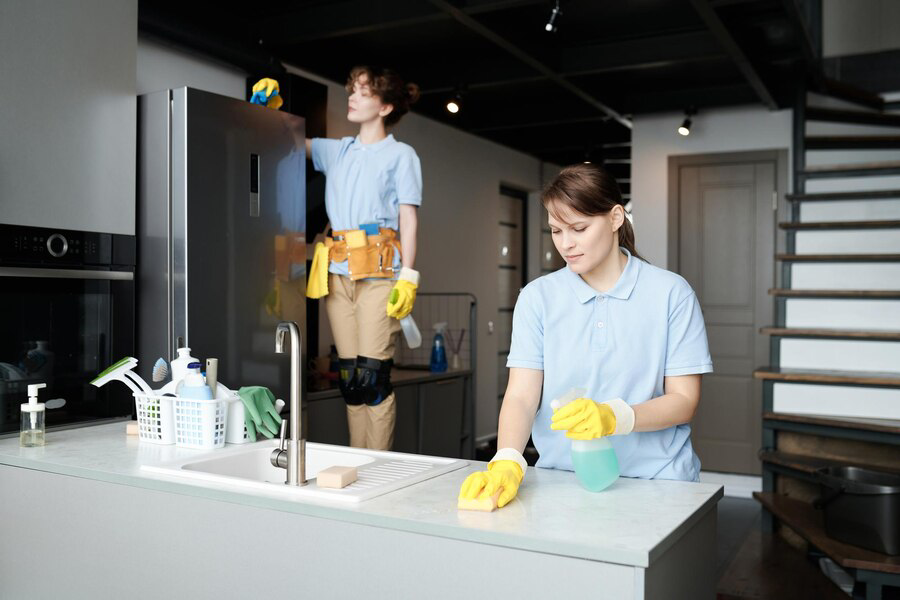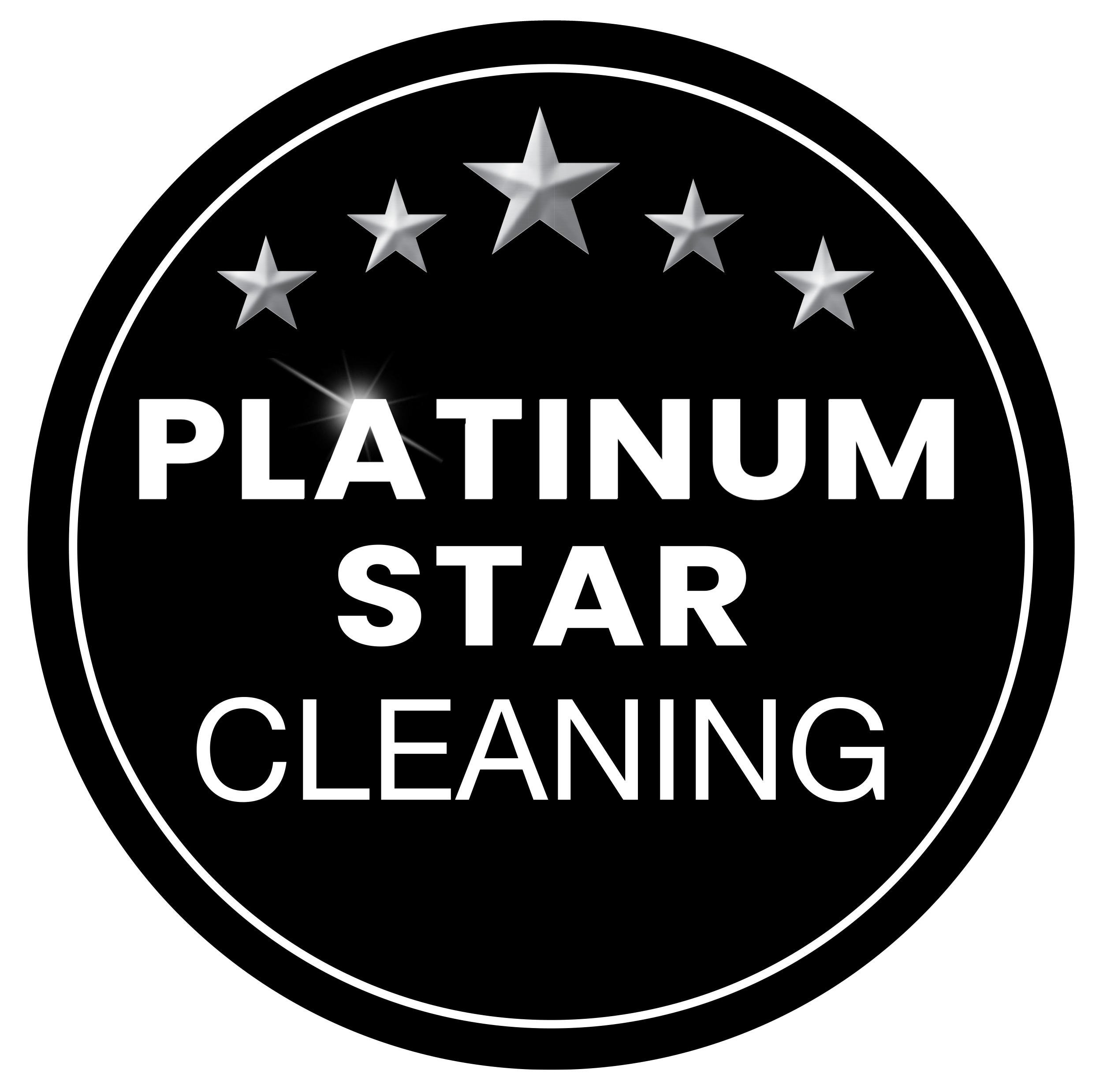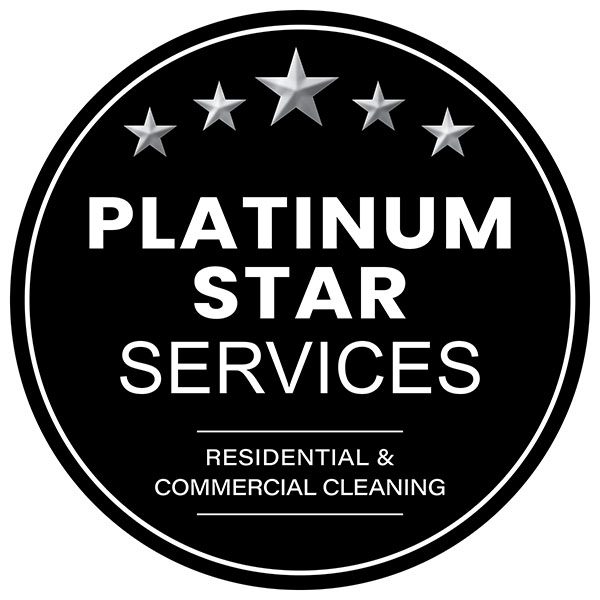Maintaining cleanliness in your living space is crucial for a healthy environment, but how often should you really be cleaning your surfaces? From kitchen counters to bathroom sinks, each surface demands a different cleaning frequency to ward off germs effectively without overdoing it.
In this blog, we delve into the science behind surface cleaning, exploring the factors that influence cleaning schedules. We’ll uncover the dirt on high-touch areas, discuss the role of disinfectants versus regular cleaners, and provide practical tips to streamline your cleaning routine.
Whether you’re a neat freak or a self-proclaimed cleaning minimalist, understanding the optimal cleaning frequency tailored to your home’s needs can make all the difference in maintaining a pristine and hygienic living space.
Understanding Surface Contamination
Surface contamination encompasses the accumulation of dirt, dust, and various microorganisms on commonly used surfaces within our living spaces. It’s imperative to grasp the types of contaminants that can linger on surfaces, ranging from harmless dust particles to harmful bacteria and viruses. By understanding surface contamination, we gain insight into the importance of regular cleaning routines to maintain a healthy and hygienic environment.
Moreover, comprehending how contaminants spread and thrive on surfaces empowers us to implement effective cleaning practices tailored to our specific needs and living conditions, ensuring a cleaner and safer home environment for ourselves and our loved ones.
Factors Influencing Cleaning Frequency
Cleaning frequency for surfaces is influenced by various factors, each contributing to the determination of how often cleaning should occur.
Type of Surface Material:
Different surface materials require different cleaning approaches and frequencies. Porous materials such as wood or granite may harbor more germs and require more frequent cleaning compared to non-porous surfaces like glass or metal.
Level of Usage:
Surfaces that experience high levels of contact, such as kitchen countertops or bathroom sinks, should be cleaned more frequently than less frequently used surfaces like decorative shelves or picture frames.
Presence of Pets or Children:
Homes with pets or children often require more frequent cleaning due to increased messes and potential germ transmission. Spills, pet dander, and outdoor contaminants tracked indoors can necessitate more regular cleaning routines.
Environmental Conditions:
Environmental factors such as humidity levels, indoor air quality, and seasonal changes can impact surface cleanliness. High humidity levels may promote mold growth, requiring more frequent cleaning in moisture-prone areas.
Individual Health Considerations:
Individual health factors, such as allergies or compromised immune systems, may necessitate more frequent cleaning to minimize exposure to allergens and pathogens.
By considering these factors, individuals can determine the most appropriate cleaning frequency for their specific needs, ensuring a clean and hygienic living environment.

High-Touch Areas: Hotspots for Germs
High-touch areas are prime breeding grounds for germs, as they constantly come into contact with hands and other surfaces, facilitating the transmission of infectious agents. Recognizing these high-touch areas is crucial for prioritizing cleaning efforts and reducing the risk of germ spread within households. Common examples of high-touch areas include:
- Doorknobs and handles
- Light switches
- Remote controls
- Kitchen and bathroom faucets
- Toilet flush handles
- Cell phones and electronic devices
- Keyboards and computer mice
- Handrails and stair banisters
- Shopping cart handles
- Tabletops and countertops
By targeting these areas with regular cleaning and disinfection, individuals can help minimize the risk of infection transmission and promote overall health and well-being in their homes and communities.
Differentiating Between Cleaning and Disinfecting
Cleaning and disinfecting are two distinct processes that play complementary roles in maintaining surface hygiene. Cleaning involves the removal of dirt, dust, and impurities from surfaces using soap or detergent and water. While cleaning eliminates visible debris, it may not necessarily kill germs.
Disinfecting, on the other hand, involves the use of chemicals or antimicrobial agents to kill or inactivate germs on surfaces, reducing the risk of infection transmission. It’s important to differentiate between these two processes and incorporate both into our cleaning routines to ensure comprehensive surface hygiene.
By understanding the nuances of cleaning and disinfecting, we can effectively combat germs and maintain a clean and safe living environment for ourselves and our families.
Tailoring Cleaning Schedules to Specific Surfaces
Not all surfaces require the same level of cleaning frequency. Tailoring cleaning schedules to specific surfaces ensures efficient use of time and resources while effectively maintaining cleanliness throughout the home.
Surfaces that come into frequent contact with food, such as kitchen countertops and cutting boards, should be cleaned and sanitized daily to prevent foodborne illnesses. Similarly, high-touch areas like doorknobs and light switches may require daily disinfection to minimize germ transmission.
In contrast, surfaces with minimal use, such as decorative shelves or picture frames, may only need to be dusted and cleaned on a weekly basis. By identifying the unique cleaning needs of each surface, we can prioritize tasks and optimize our cleaning routines for maximum effectiveness and convenience.
The Role of Environmental Factors
Environmental factors such as humidity, temperature, and air quality can significantly impact surface cleanliness and the effectiveness of cleaning efforts. High humidity levels create ideal conditions for mold and mildew growth, necessitating more frequent cleaning and ventilation in moisture-prone areas like bathrooms and basements. Extreme temperatures can also affect the stability and efficacy of cleaning agents, requiring adjustments in cleaning techniques accordingly.
Additionally, poor indoor air quality can contribute to the accumulation of dust and allergens on surfaces, increasing the frequency of cleaning needed to maintain a healthy living environment. By considering these environmental factors, we can adapt our cleaning strategies to effectively address specific challenges and maintain optimal surface hygiene in our homes.
Health Implications of Infrequent Cleaning
Infrequent cleaning can have detrimental effects on both physical and mental health. Accumulated dust, dirt, and germs on surfaces can exacerbate respiratory issues and allergies, leading to symptoms such as coughing, sneezing, and congestion. Moreover, prolonged exposure to unclean environments can increase the risk of developing infections and illnesses, particularly among vulnerable individuals such as children, the elderly, and those with compromised immune systems.
Beyond physical health, living in a cluttered and dirty space can also take a toll on mental well-being, contributing to stress, anxiety, and feelings of discomfort. Recognizing the health implications of infrequent cleaning underscores the importance of establishing regular cleaning routines to promote overall health and quality of life.
Overcleaning: Risks and Drawbacks
While maintaining a clean living environment is essential for health and hygiene, overcleaning can have its own set of risks and drawbacks. Excessive use of harsh cleaning chemicals and disinfectants can irritate the skin, eyes, and respiratory tract, leading to allergic reactions and respiratory problems. Furthermore, overcleaning can disrupt the balance of microbial communities in the home environment, potentially weakening the immune system and increasing susceptibility to infections.
Additionally, excessive cleaning can be time-consuming, costly, and environmentally unsustainable, especially if it involves the frequent disposal of single-use cleaning products. Finding a balance between cleanliness and moderation is key to minimizing the risks associated with overcleaning while maintaining a healthy and hygienic living environment.
Streamlining Your Cleaning Routine: Tips and Tricks
Streamlining your cleaning routine can help make the process more efficient, manageable, and less daunting. Start by decluttering and organizing your living space to minimize the time and effort required for cleaning.
Invest in versatile cleaning tools and products that can tackle multiple tasks effectively, reducing the need for numerous specialized cleaning supplies. Create a cleaning schedule or checklist to stay on track and ensure that all areas of your home receive regular attention. Consider enlisting the help of family members or roommates to divide cleaning responsibilities and lighten the workload.
Additionally, embrace time-saving cleaning hacks and techniques, such as using microfiber cloths for dusting or employing natural cleaning solutions like vinegar and baking soda. By implementing these tips and tricks, you can streamline your cleaning routine and maintain a tidy and hygienic living environment with ease.
Creating a Customized Cleaning Schedule
Creating a customized cleaning schedule tailored to your lifestyle and household needs is essential for maintaining a clean and hygienic living environment. Start by identifying high-priority cleaning tasks and allocating time for them based on their frequency and importance. Consider factors such as the size of your home, the number of occupants, and any specific cleaning challenges or preferences.
Divide cleaning tasks into daily, weekly, monthly, and seasonal categories to ensure comprehensive coverage and consistency. Be flexible and willing to adjust your cleaning schedule as needed to accommodate changes in your routine or unforeseen circumstances. By creating a customized cleaning schedule that works for you, you can effectively manage your cleaning responsibilities and enjoy a clean and comfortable living space year-round.
Maintaining a clean and hygienic living environment is essential for promoting health, well-being, and peace of mind. By understanding the factors influencing cleaning frequency, recognizing high-touch areas, and implementing effective cleaning strategies tailored to our specific needs, we can create a safer and more comfortable home for ourselves and our loved ones. However, it’s crucial to strike a balance between cleanliness and moderation, avoiding the pitfalls of overcleaning while ensuring thorough hygiene practices.
Now armed with knowledge about maintaining a clean home, it’s time to put it into action. Assess your cleaning routine and make improvements, whether it’s scheduling, tools, or hacks. For professional cleaning, contact Platinum Star Cleaning Services at (610) 504-5469. Their experienced team ensures a pristine home effortlessly.
Consider their services for regular maintenance or deep cleaning. Take the first step towards a cleaner, healthier living space today!

